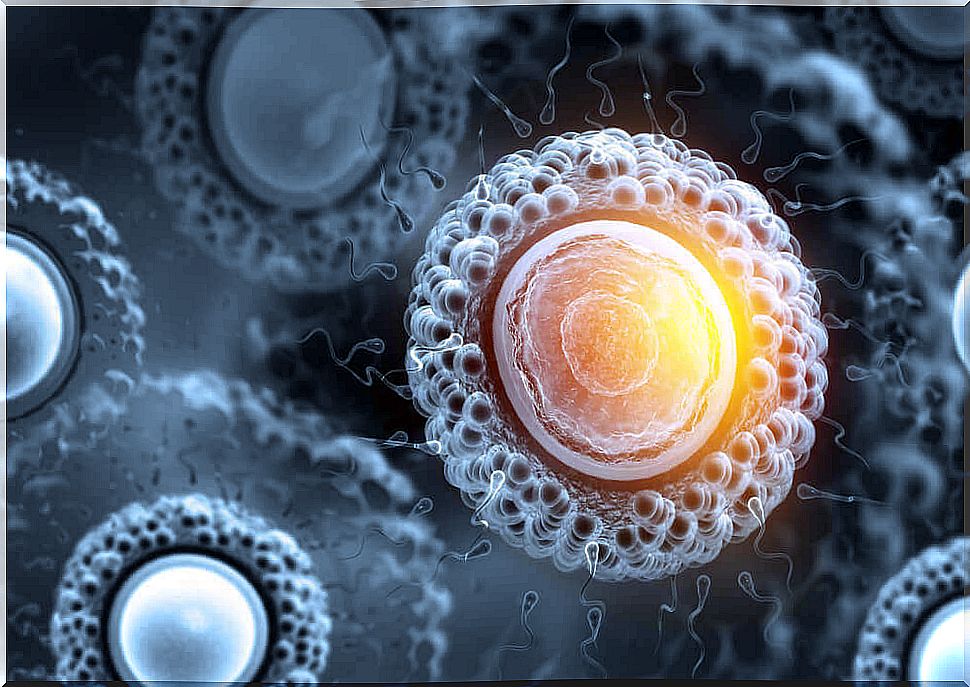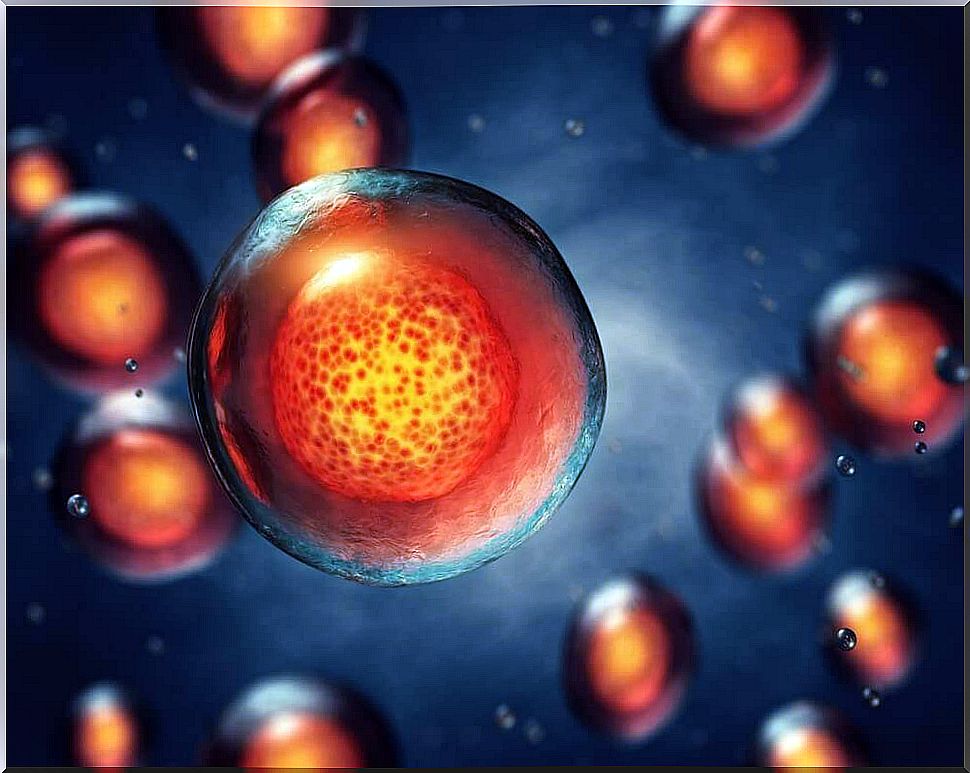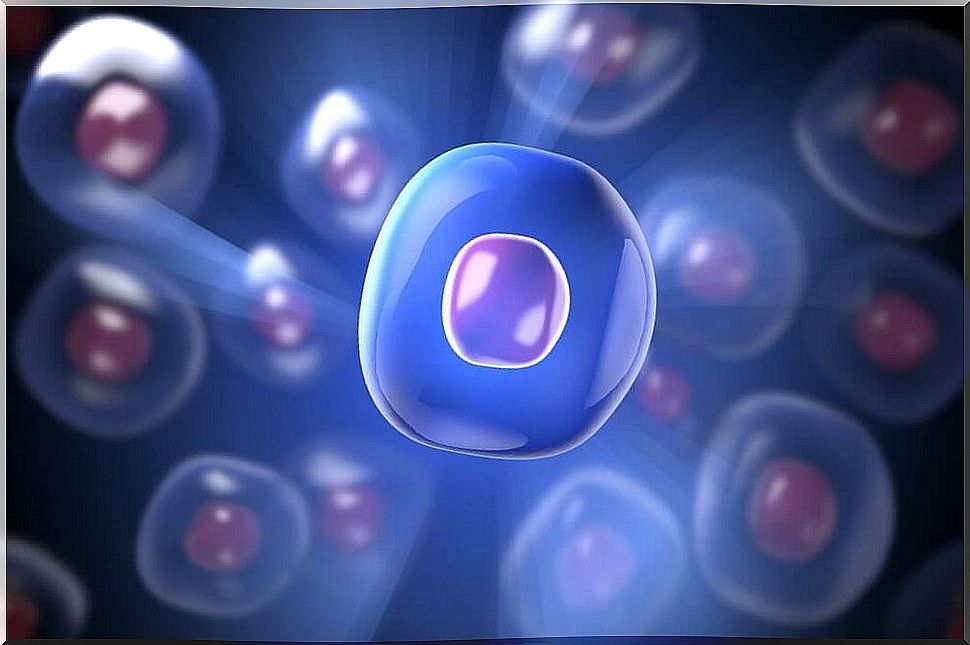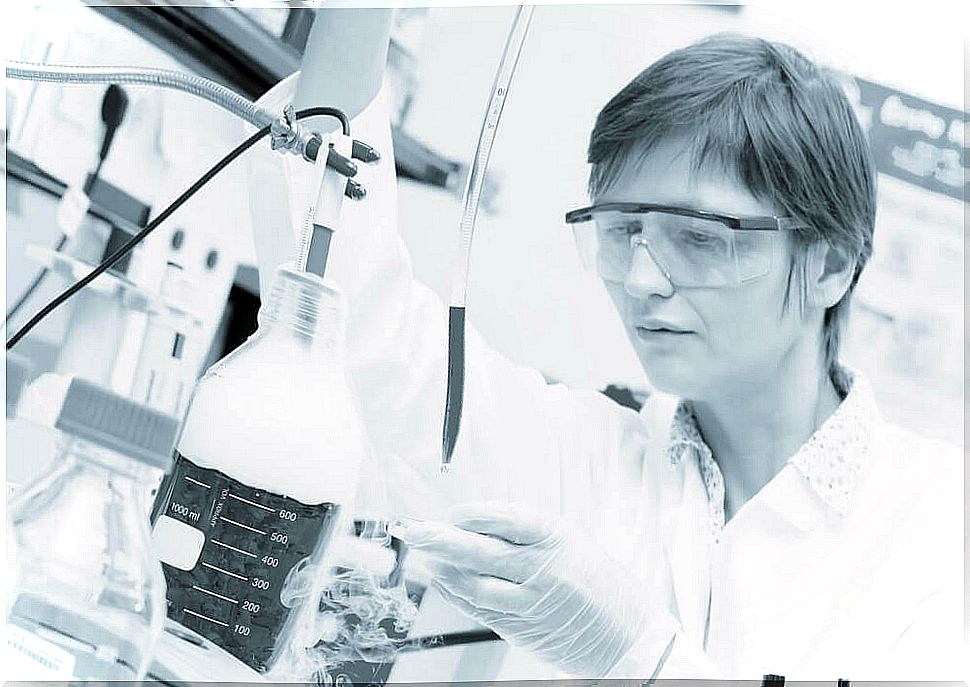What Stem Cells Really Are And What They Can Do

Nowadays we hear about ‘stem cells’ often enough – but do we really know what they are?
Stem cells are cells with two essential characteristics :
- Self-renewal : In other words, these cells are capable of creating new stem cells.
- Ability to change (differentiate) in one or more types of cells.
Depending on the type of stem cell, the differentiation capacity is greater or less. Using this attribute, we can classify the different types of these cells.
Stem cell differentiation

Differentiation is nothing more than the process of adopting morphological and functional characteristics of a particular cell. This process occurs when a stem cell inherits the characteristic genetic configuration of the cell it is copying. Differentiation ultimately only expresses the genes of the specific cell.
Once the new genetic configuration is established, the stem cell gradually acquires the characteristics of the target cell. After a series of cellular divisions, the result is a fully functional differentiated cell.
The classification

One of the most commonly used ways to classify stem cells is by looking at their differentiation capacity (cell potency).
So there are four types:
- Totipotent cells. These cells have the greatest differentiation ability. They are capable of creating a complete organism, including the three embryonic germ layers (endoderm, mesoderm, and ectoderm), which are the tissues that make up the yolk sac and placenta. The only totipotent human stem cell is the zygote. The zygote forms when a sperm fertilizes an egg.
- Pluripotent cells. Pluripotent stem cells can create the three embryonic germ cells but are unable to form a complete organism. For example, a pluripotent stem cell could differentiate into a muscle fiber (a cell type derived from the mesoderm) or into a tooth (derived from the ectoderm).
- Multipotent Cells. In this group we can find blood stem cells, neuronal and mesenchymal stem cells. They create cells with a single germ layer. A blood stem cell can differentiate into any type of blood cell: red blood cells, white blood cells and platelets.
- Unipotent cells. The stem cells in this group are only able to differentiate into one type of cell. Their ability to differentiate is therefore the smallest. A clear example of this group are the epidermal stem cells, which are located in the outer layer of our skin.
What can stem cells do?

In medicine and research, the interest in stem cells lies in their ability to differentiate. They offer enormous potential to solve the greatest riddles of science. Riddles that still pose a burden to humanity today.
What stem cells can be used for
- More insight into the progress of a disease. In many cases, we know exactly what causes a particular disease. For example, we know that Alzheimer’s disease is the result of a build-up of certain proteins between brain cells. However, we do not know how the process develops : when does it happen? Why? How does this affect neuron function in the early stages of the disease?
All these questions could be answered thanks to stem cells. By differentiating stem cells into neurons in vitro, scientists can reproduce the disease perfectly. By doing so, they can then reveal exactly what is happening in the long-term process of the disease.
- Generating healthy cells to replace diseased ones. This activity is known as ‘ regenerative medicine ‘. This could be helpful in many cases. For example, if a person has suffered a third-degree burn, they must undergo a skin graft. By using stem cells from the patient’s own skin, scientists were able to generate new epidermal tissues to cover the affected area.
- Evaluating the efficiency of new drugs. As we all know, new drugs have to undergo many tests before they are marketed. One of these tests consists of testing on humans. By using stem cells, we can generate in vitro internal microenvironments very similar to those of humans for testing purposes . For example, scientists could test a new drug for the treatment of heart disease on heart tissue generated from stem cells.









